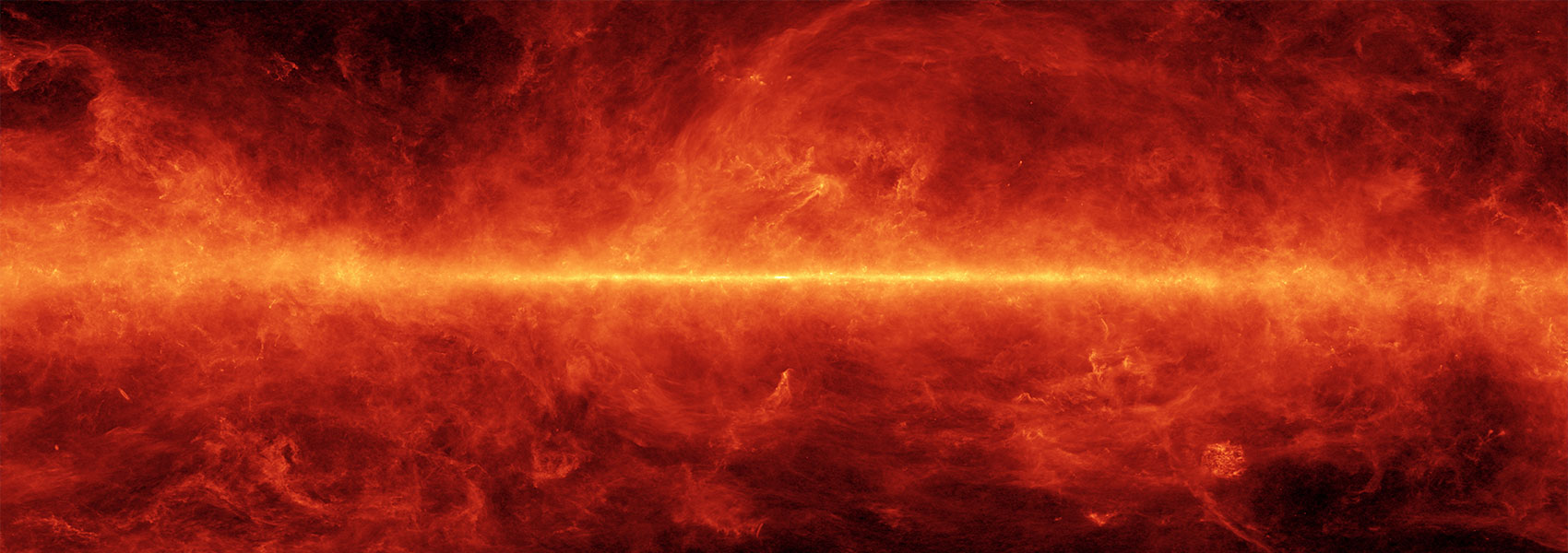November
2011
•
2011ApJS..197...14D
Authors
•
Désert, Jean-Michel
•
Charbonneau, David
•
Demory, Brice-Olivier
•
Ballard, Sarah
•
Carter, Joshua A.
•
Fortney, Jonathan J.
•
Cochran, William D.
•
Endl, Michael
•
Quinn, Samuel N.
•
Isaacson, Howard T.
•
Fressin, François
•
Buchhave, Lars A.
•
Latham, David W.
•
Knutson, Heather A.
•
Bryson, Stephen T.
•
Torres, Guillermo
•
Rowe, Jason F.
•
Batalha, Natalie M.
•
Borucki, William J.
•
Brown, Timothy M.
•
Caldwell, Douglas A.
•
Christiansen, Jessie L.
•
Deming, Drake
•
Fabrycky, Daniel C.
•
Ford, Eric B.
•
Gilliland, Ronald L.
•
Gillon, Michaël
•
Haas, Michaël R.
•
Jenkins, Jon M.
•
Kinemuchi, Karen
•
Koch, David
•
Lissauer, Jack J.
•
Lucas, Philip
•
Mullally, Fergal
•
MacQueen, Phillip J.
•
Marcy, Geoffrey W.
•
Sasselov, Dimitar D.
•
Seager, Sara
•
Still, Martin
•
Tenenbaum, Peter
•
Uddin, Kamal
•
Winn, Joshua N.
Abstract
•
This paper reports the discovery and characterization of the transiting hot giant exoplanet Kepler-17b. The planet has an orbital period of 1.486 days, and radial velocity measurements from the Hobby-Eberly Telescope show a Doppler signal of 419.5+13.3 -15.6 m s-1. From a transit-based estimate of the host star's mean density, combined with an estimate of the stellar effective temperature T eff = 5630 ± 100 from high-resolution spectra, we infer a stellar host mass of 1.06 ± 0.07 M ⊙ and a stellar radius of 1.02 ± 0.03 R ⊙. We estimate the planet mass and radius to be M P = 2.45 ± 0.11 M J and R P = 1.31 ± 0.02 R J. The host star is active, with dark spots that are frequently occulted by the planet. The continuous monitoring of the star reveals a stellar rotation period of 11.89 days, eight times the planet's orbital period; this period ratio produces stroboscopic effects on the occulted starspots. The temporal pattern of these spot-crossing events shows that the planet's orbit is prograde and the star's obliquity is smaller than 15°. We detected planetary occultations of Kepler-17b with both the Kepler and Spitzer Space Telescopes. We use these observations to constrain the eccentricity, e, and find that it is consistent with a circular orbit (e < 0.011). The brightness temperatures of the planet's infrared bandpasses are T_{3.6\, {\mu m}} = 1880 ± 100 K and T_{4.5\, {\mu m}} = 1770 ± 150 K. We measure the optical geometric albedo Ag in the Kepler bandpass and find Ag = 0.10 ± 0.02. The observations are best described by atmospheric models for which most of the incident energy is re-radiated away from the day side.
Links




